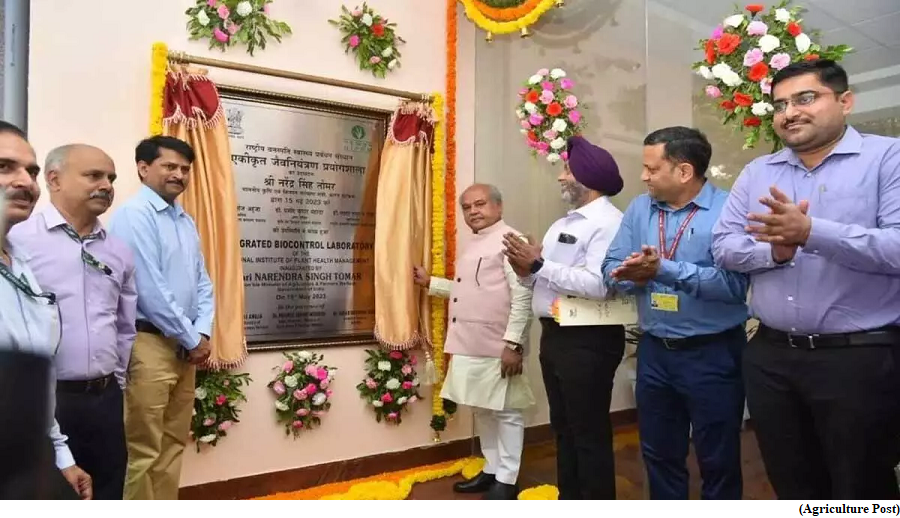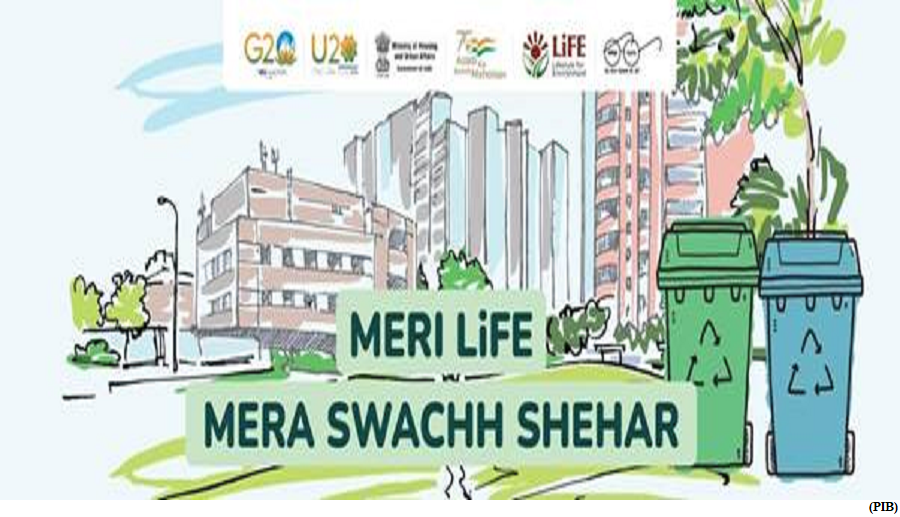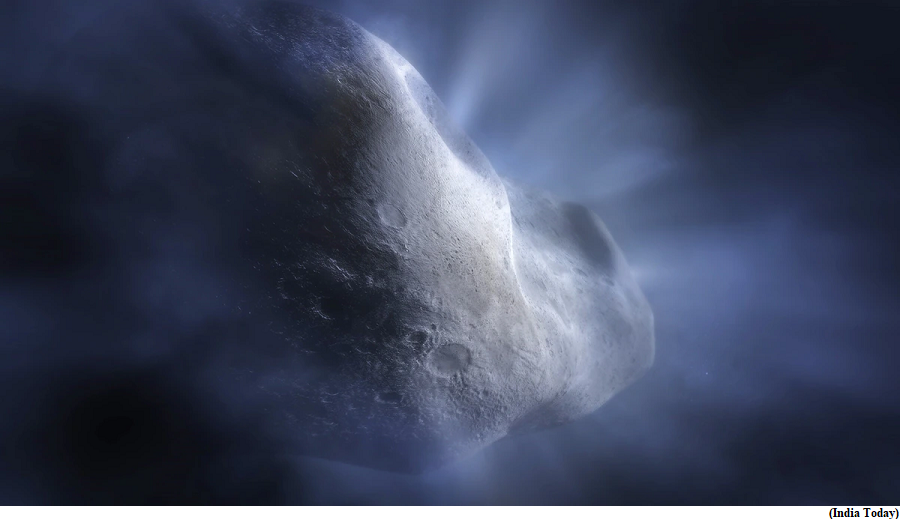Integrated Biological Control Laboratory in Hyderabad (GS Paper 3, Science and Technology)

Why in news?
- Recently, the Union Minister of Agriculture and Farmers Welfare inaugurated the Integrated Biological Control Laboratory at National Institute of Plant Health Management (NIPHM) Hyderabad, Telangana.
Key Highlights:
- The new Integrated Bio Control Laboratory (BC Lab) is a state of art laboratory in NIPHM, have facilities for giving hands on experience on production methodologies for Biopesticides, Biocontrol agents like predators and parasitoids, Entomopathogenic fungi, Bio fertilizers, NPV,Pheromone and Botanicals.
- The use of bio-control agents, bio-pesticides, and bio-fertilizers will help in reducing the use of chemical pesticides and fertilizers, consequently reduce the adverse effects on the environment and human health and contribute to improved Soil and Plant Health.
- The BC Lab will also have an Insect Museum, weed museum, exhibition hall, Natural Farming Cell etc. to showcase the specimens of agriculturally important insects and weeds in the best preserved or live forms.
NIPHM:
- NIPHM promotes sustainable agricultural practices such as Agro Ecosystem Analysis (AESA) and Ecological Engineering (EE) for pest management with enhanced use of different biological agents, bio-pesticides and bio-fertilizers.
- NIPHM is conducting regular training programs on various aspects of insect pests and diseases management in different crops.
Way Forward:
- The inauguration of this facility is a significant milestone in the development of chemical free sustainable agriculture in India.
- The facility will help the extension functionaries to promote non-chemical options of pest management in agricultural and horticultural crops.
MoHUA Mega Campaign Meri LiFE, Mera Swachh Shehar launched
(GS Paper 3, Economy)
Why in news?
- Recently, Ministry of Housing & Urban Affairs (MoHUA) launched MoHUA’s mega campaign ‘Meri LiFE, Mera Swachh Shehar’.

3R’s:
- The campaign titled – ‘Meri LiFE, Mera Swachh Shehar’ is launched to champion the RRR’s of waste management- Reduce, Reuse, and Recycle.
- Urban India is increasingly adopting the principles of making ‘Wealth’ from waste with citizens actively refurbishing old items for reuse. This is giving an impetus to the overall zero-waste ecosystem under Swachh Bharat Mission-Urban 2.0.
- The 3R’s form the backbone of ‘Waste to Wealth’ and has empowered many craftsmen, recyclers, Self Help Groups, entrepreneurs, startups, etc. to recycle waste into a host of products.
Key Highlights:
- This nationwide campaign aims to highlight cities to setup ‘Reduce, Reuse, Recycle (RRR) Centres, one stop collection centres, for citizens to contribute clothes, shoes, old books, toys and used plastic to be reused or recycled.
- This three-week campaign will strengthen citizen’s resolve under SBM-U 2.0 - to reduce, reuse and recycle – and will also champion Mission LiFE’s objective of taking collective action for the protection and conservation of the environment by adopting sustainable daily habits.
- The RRR Centres are scheduled to be launched nationwide on 20th May, 2023 and will serve as one-stop solution for citizens, institutions, commercial enterprises, etc. to deposit unused or used plastic items, clothes, shoes, footwear, books, and toys.
- After collection, these items will be given to different stakeholders to be refurbished for reuse or would be made into new products, thus truly taking forward the Government’s vision of circular economy.
- The Union Minister also launched the RRR Theme song contest.
Way Forward:
- The Meri LiFE, Mera Swachh Shehar will culminate on 5th June, 2023 with the Pledge for LiFE, that will be undertaken by everyone on the occasion of the World Environment Day as well as large scale cleanliness drives across all cities.
James Webb Telescope finds water on a comet, unravels a mystery close to home
(GS Paper 3, Science and Technology)
Why in news?
- Recently, the James Webb Space Telescope (JWST), the world's most powerful observatory has detected water on a comet in the main asteroid belt.
- The main asteroid belt lies between the orbits of Mars and Jupiter centered around the Sun.

Key Highlights:
- The Near-Infrared Spectrograph instrument onboard Webb detected water vapor on Comet 238P/Read, however, unlike other comets, this one has no carbon dioxide.
- Comet 238P/Read periodically displays a halo, or coma, and tail and was one of the first to establish that the asteroid belt does have comets.
- Before this, it was largely believed that comets reside in the Kuiper belt at the edge of the Solar System, beyond the orbit of Neptune.
- Scientists have long speculated that water ice could be preserved in the warmer asteroid belt, inside the orbit of Jupiter and the new confirmation has validated their speculation.
Observations:
- The study states that although the existence of main-belt comets implies the presence of extant water ice in the asteroid belt, no gas has been detected around these objects despite intense scrutiny with the world’s largest telescopes.
- The surprise factor of the observation remained the missing carbon dioxide, which makes up about 10 percent of the volatile material in a comet that can be easily vaporized by the Sun’s heat.
- They believes that the comet had carbon dioxide when it formed but has lost that because of warm temperatures.
Significance:
- This is the first time that scientists have been able to detect signs of water in this region that could help them solve another mystery closer to Earth - how did Earth get its water?




